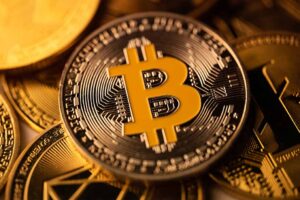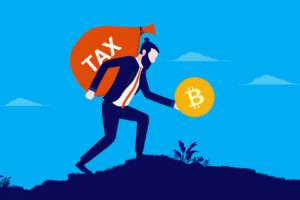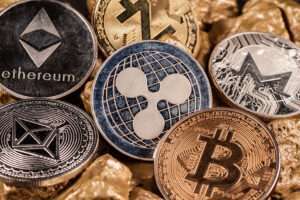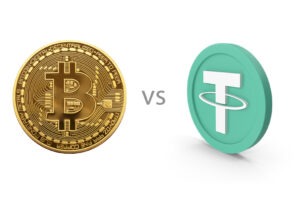“Every asset that can be owned can be tokenised—the only question is when.” – DNA Crypto Knowledge Base.
The last decade saw cryptocurrencies disrupt payments and capital markets. But the next revolution—tokenization of real-world assets (RWA)—is poised to reshape property, equities, bonds, and even art.
By converting ownership rights into blockchain-based tokens, tokenization creates a new class of financial assets that are borderless, divisible, and programmable.
Learn more: What Is Asset Tokenization?
What Is Tokenization?
Tokenization turns ownership of real-world assets into immutable, verifiable digital tokens.
Instead of traditional custody, investors can hold tokenized assets in a digital wallet, whether that’s:
-
– Real estate titles
-
– Shares of companies
-
– Debt securities
-
– Fine art or collectables
Benefits:
-
– Immediate settlement – no multi-day clearance
-
– Fractional ownership – invest with smaller capital
-
– Global access – tradeable anywhere, anytime
-
– Smart contracts – automate compliance and dividends
-
– DeFi integration – unlock liquidity in secondary markets
Equities Go On-Chain
The $100 trillion global equity market is a prime candidate. Settlement inefficiencies, high fees, and lack of transparency are solved by tokenization.
“Every stock, every bond, every fund—every asset—can be tokenized.” – Larry Fink, CEO, BlackRock (2024)
In 2024, BlackRock launched BUIDL, its first tokenized investment fund on Ethereum, paying daily dividends and maintaining a $1 peg.
Read: Institutional Adoption of Tokenization
Why Tokenization Is a Game Changer
Tokenized assets outperform traditional markets by:
-
– Enabling instant settlement
-
– Democratizing access via fractional ownership
-
– Allowing global liquidity 24/7
-
– Automating rights via smart contracts
-
– Enabling innovative DeFi use cases
This appeals to younger investors locked out of traditional markets due to high entry costs or geography.
Beyond Stocks—Property, Bonds, and More
-
Real Estate – fractionalized property tokens for retail investors.
-
Bonds – faster issuance and transparent settlement.
-
Commodities & Art – democratizing access to rare and luxury markets.
Forecasts suggest tokenized assets could exceed $10 trillion by 2035 (BCG, 2023).
Explore: The Future of RWA Tokenisation
Challenges Ahead
-
– Regulation – legal clarity is still evolving.
-
– Technology risk – smart contract bugs or custody failures.
-
– Liquidity – some tokenized markets are still thin.
Yet momentum is undeniable:
-
– In the U.S., regulators have softened to allow institutional custody.
-
– Europe leads with frameworks like MiCA.
-
– Asia-Pacific hubs (Singapore, Hong Kong) are piloting regulated RWA platforms.
-
In a Nutshell
Tokenization isn’t a trend—it’s a structural shift in how assets are created, exchanged, and managed.
From a slice of a skyscraper to a corporate bond or an S&P 500 stock, the future of investing is on-chain.
Image Source: Adobe Stock
Disclaimer: This article is purely for informational purposes. It is not offered or intended to be used for legal, tax, investment or financial advice.












